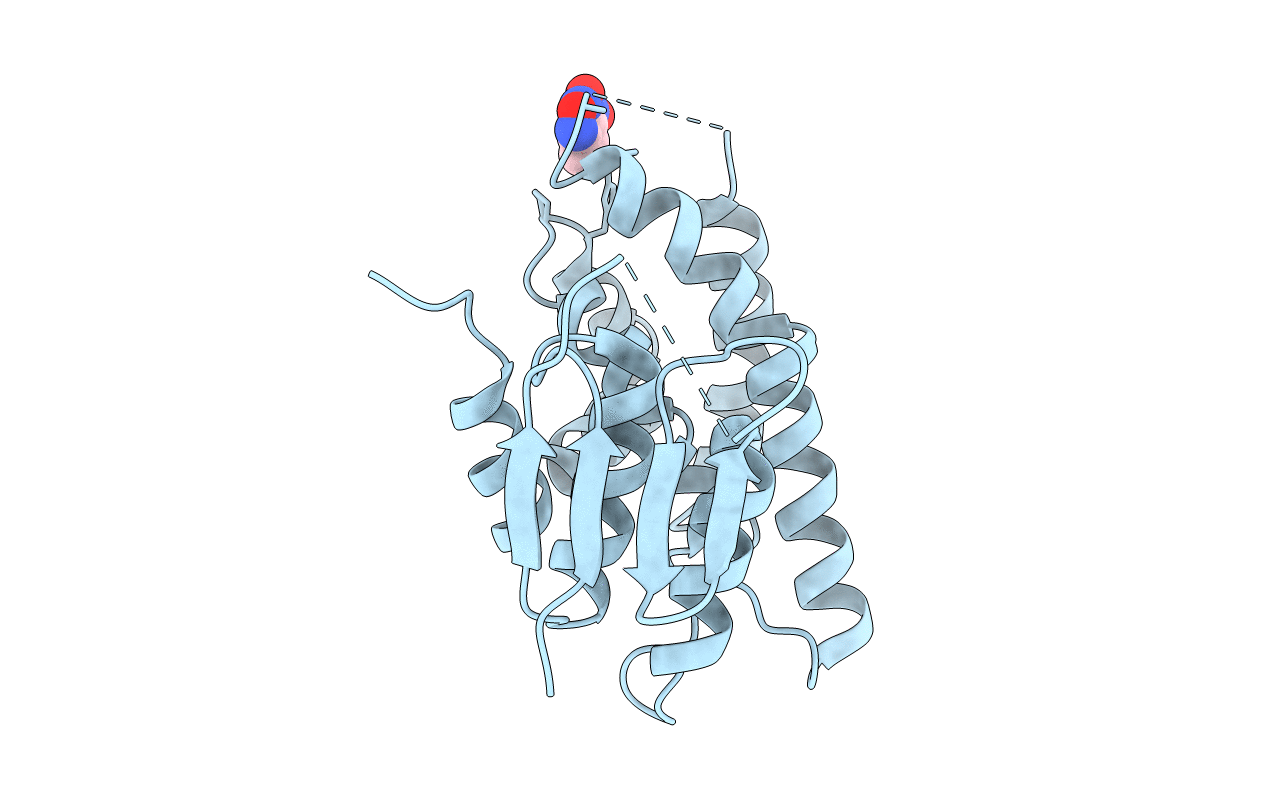
Deposition Date
2019-12-11
Release Date
2021-08-18
Last Version Date
2024-11-20
Entry Detail
Biological Source:
Source Organism:
Alopecurus myosuroides (Taxon ID: 81473)
Host Organism:
Method Details:
Experimental Method:
Resolution:
2.80 Å
R-Value Free:
0.28
R-Value Work:
0.20
Space Group:
P 63 2 2


